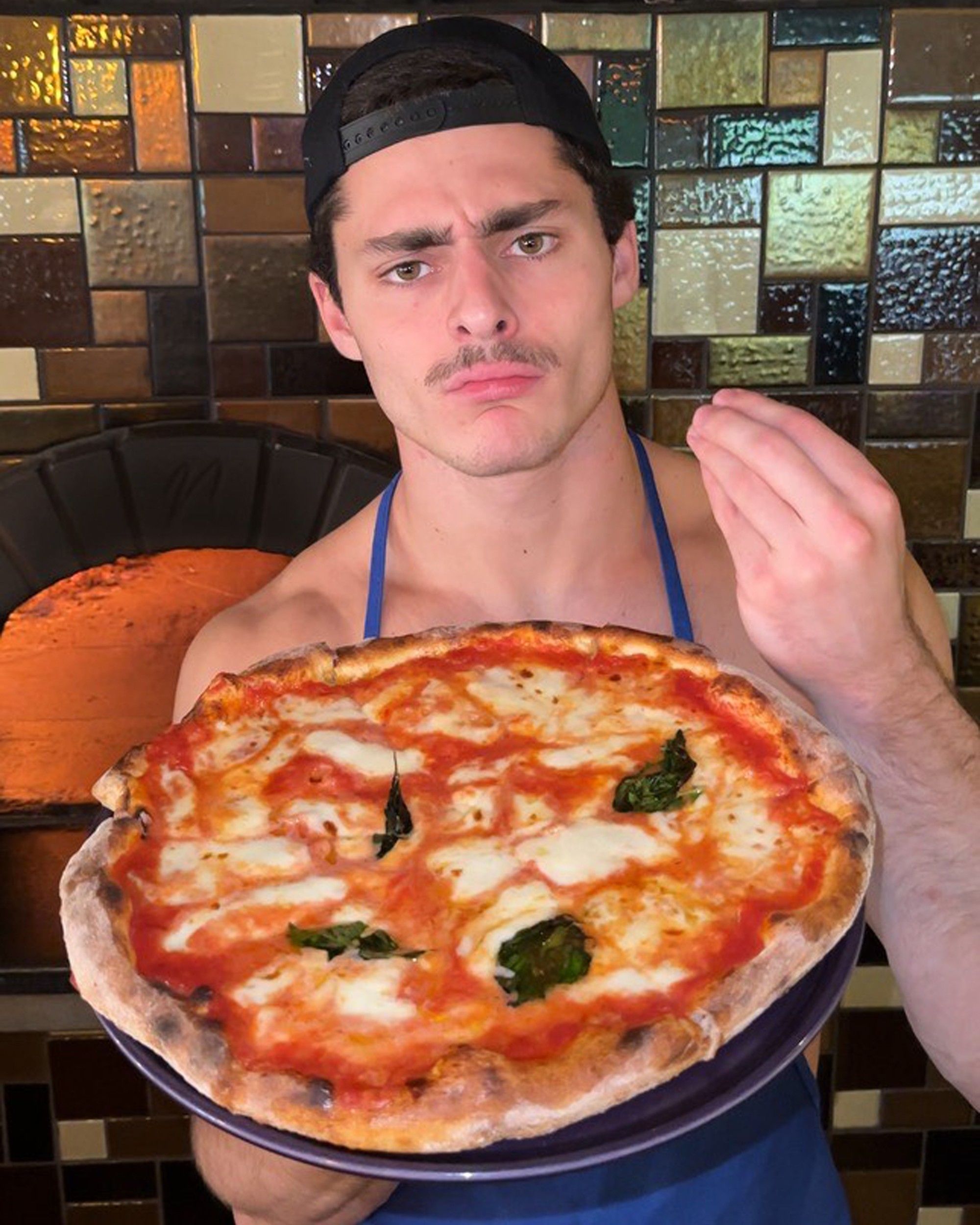
MasterChef turns twenty Here's why the format still works
Television programs tend to age, especially if they were born in the early 2000s. Between unpleasant remarks from hosts and slow rhythms, compared to social content or streaming platforms, television shows often seem to lag behind. In this context, MasterChef is an exception. Despite being launched in Italy only in 2011, the program originated in 2005 in the United Kingdom, where its twentieth edition is about to begin. But what makes this program a timeless classic, capable of withstanding criticism and woke culture, as well as the growing popularity of reels and TikTok? After the success of the thirteenth edition of MasterChef Italy and the winner Eleonora Riso, the recipe seems simple: take contestants and judges with incisive personalities, add difficult challenges and dramatic editing. But there's more.
The first episode of MasterChef aired in 1990 in Great Britain. Initially, the program was much more formal, with nine rounds of challenges in which a group of amateur chefs had to create a three-course meal in less than two hours. Participants could choose the dishes, but they had a limited budget and could only bring a small amount of utensils or special ingredients. The early editions were hosted by Loyd Grossman, accompanied in each episode by a professional chef selected by the production to judge the dishes, while in 2000 he was replaced by Gary Rhodes. The chef, coming from MasterChef USA, added a more serious tone to the program, supporting the contestants during the competition with helpful advice and inspiring other similar formats such as Hell's Kitchen. Despite the success of Rhodes' edition, the show was canceled and then relaunched in 2005 with new hosts and more dynamic preparation, tasting, and discussion systems, thus becoming one of the most watched programs on the BBC. It arrived in Italy in 2011, led by chefs Bruno Barbieri, Carlo Cracco, and Joe Bastianich (from the MasterChef USA jury).
Since its revival in 2005, MasterChef has produced spin-offs and undergone changes, from Junior to Celebrity MasterChef, but it continues to demonstrate its resilience on screens. What seems to make the program a titan of TV with record ratings, with almost two million average viewers, 72% retention, and a +62% growth in social media interactions year after year. The engaging and tension-filled experience that intensifies from episode to episode offers a comprehensive overview of the world of cooking, both from the perspective of the experts who evaluate the contestants' dishes and provide valuable advice, and from the perspective of the amateur chefs who aspire to the title of Master Chef. Like in all culinary programs, watching the show you can learn new techniques and dishes, study distant traditions, and discover unexpected combinations, but the real quality of the program is the great sense of suspense that pervades every scene. The show is structured to "spread out" shock revelations with a repetitive cadence, not only regarding eliminations, but also the nature of the challenges themselves. Despite some slight changes to liven it up, the basic format remains unchanged, offering a veil of comfort in the background of tension. The program embraces all flavors, from bitter defeats to the acidity of some contestants, from comedic moments that aim to evoke hearty laughter to the sweeter ones that move.












































